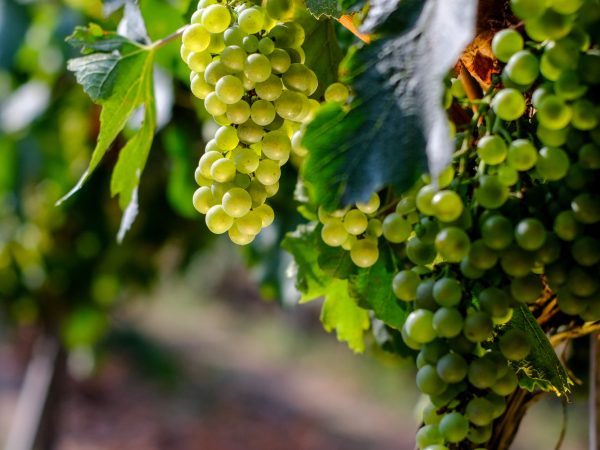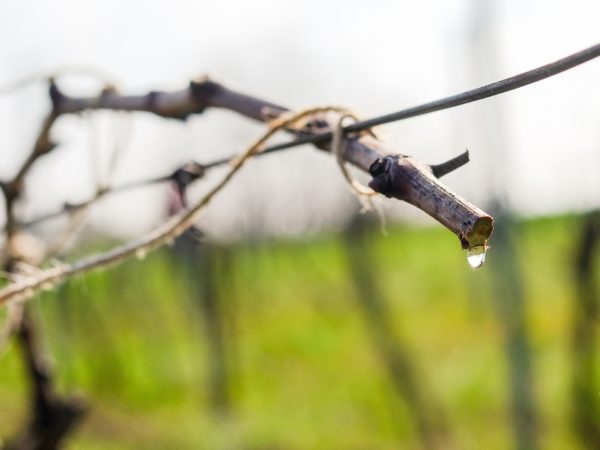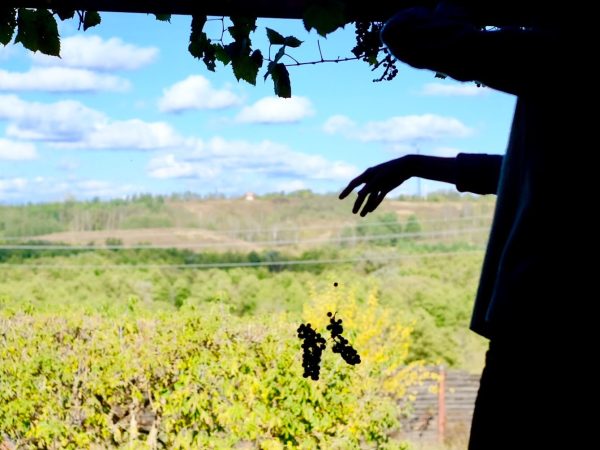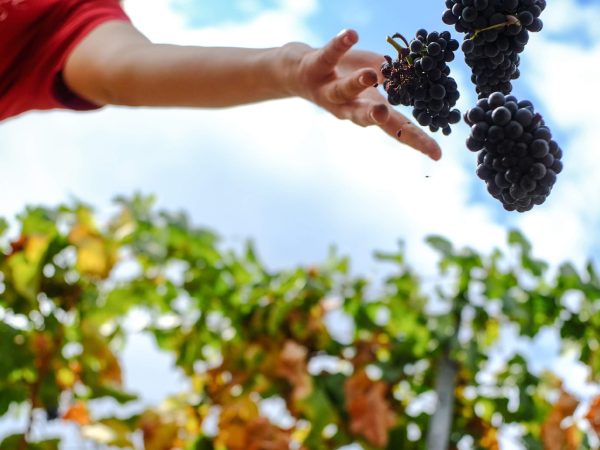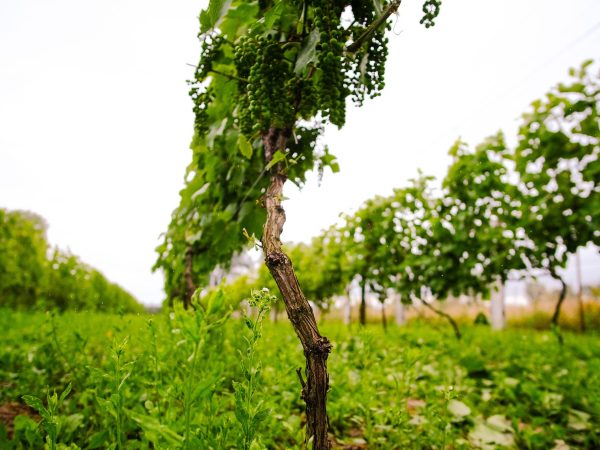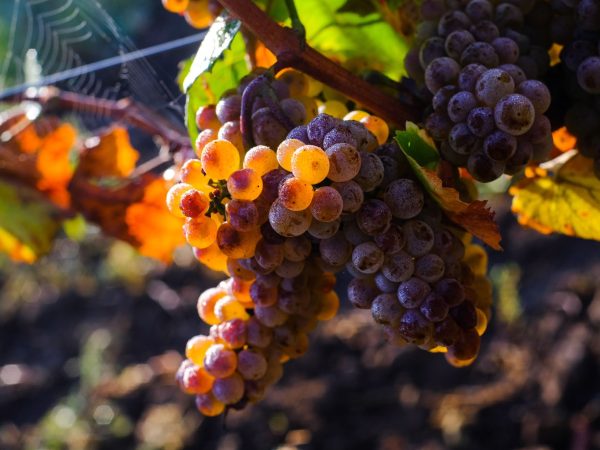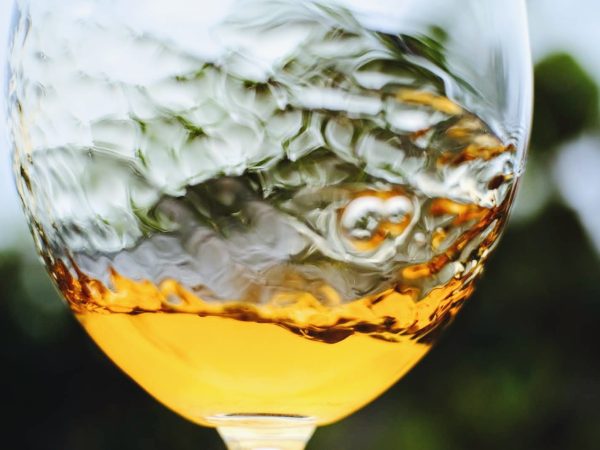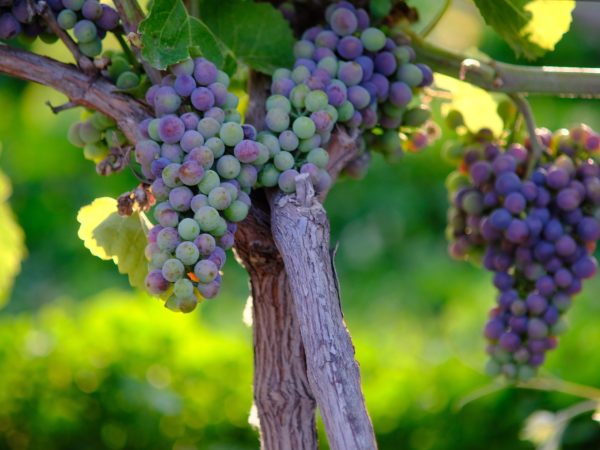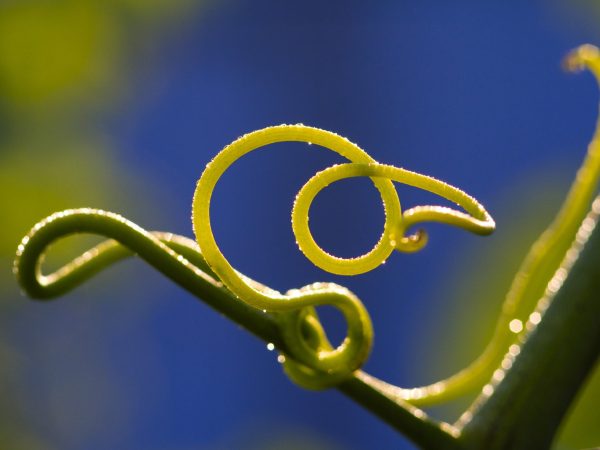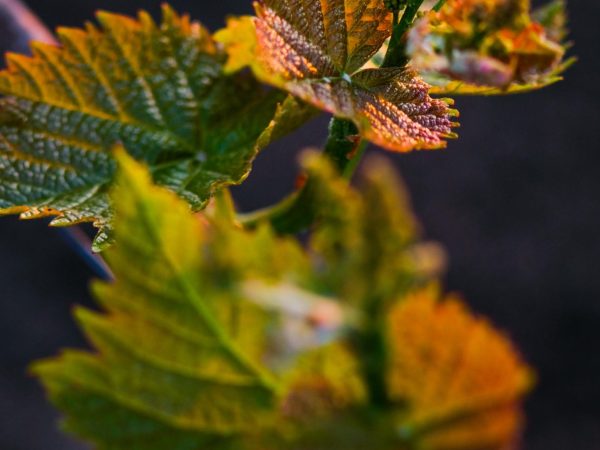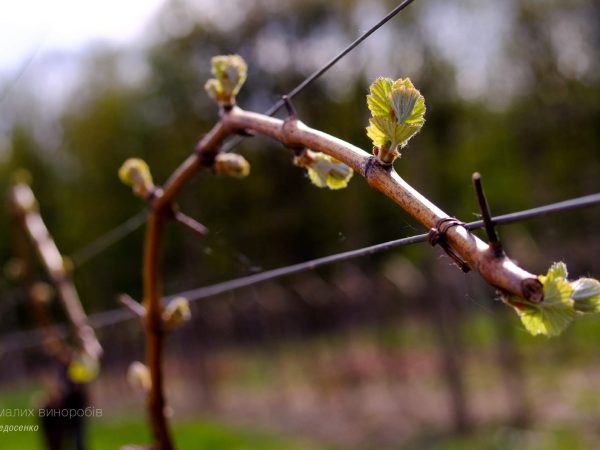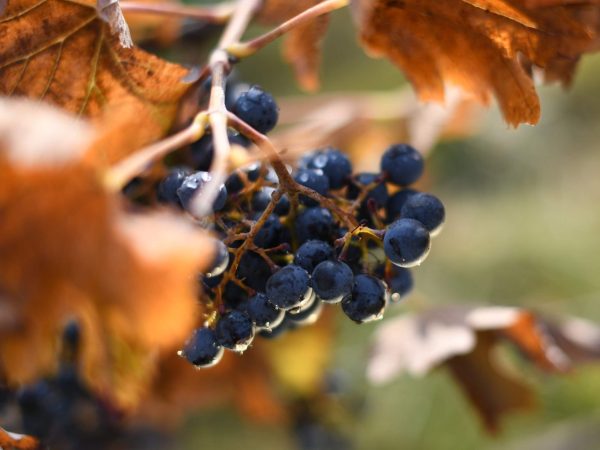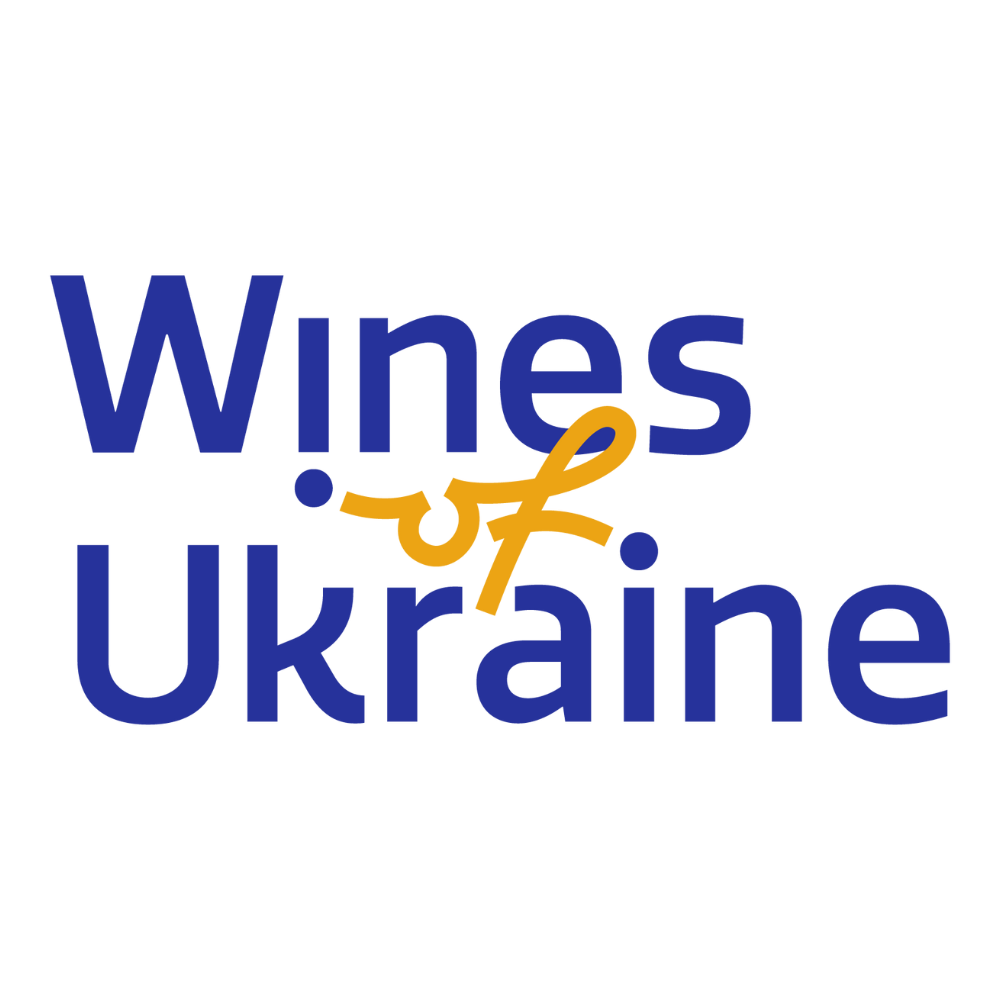Wine regions of Ukraine
Commercial viticulture primarily focuses on the southern regions of the coun try, where the warmest climatic conditions are conducive to traditional viticulture. Although various styles of wines are produced in these areas, red wines are a benchmark here.
However, with the recent growth of craft winemaking, vineyards have emerged throughout the country. Many new wineries established in the last five years
are situated in cooler climate zones, where excellent white and sparkling wines are predominantly produced. Nevertheless, in the northern regions, vineyards require frost protection, which can significantly increase labor costs for maintenance.
Black Sea Region
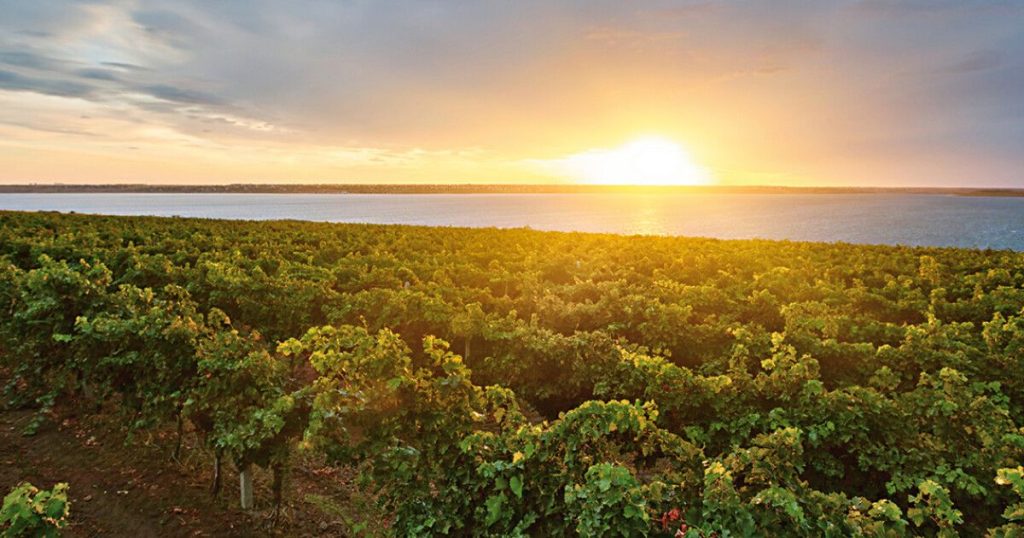
The Black Sea region is the southern region of Ukraine, in which the main part of the vineyards is concentrated. It is washed by the Black Sea and includes several regions: Odessa, Mykolaiv and Kherson. Winemaking actively developed here 2500 years ago, during the colonization of the territories by the ancient Greeks, and before that, 6000 years ago, some of these territories were inhabited by Trypillya, who were also familiar with the vine.
Winemaking in the Black Sea region is influenced by the continental and maritime climate. There are a large number of salty estuaries, bays, lakes, most of the territory is covered with steppes, and the rest is washed by the Black Sea. There are often droughts here, and the soils are chernozems, loams and sandy loams interspersed with limestone rocks.
This is the land of full-bodied red wines and sparkling wines made by traditional methods.
Most popular varieties: Telti-Kuruk, Sukholimansky white, Chardonnay, Riesling, Sauvignon Blanc, Aligote, Pinot Grigio, Rkatsiteli, Odessa Black (Alibernet), Cabernet Sauvignon, Merlot, Pinot Noir, Cabernet Franc, Saperavi.
Zakarpattia
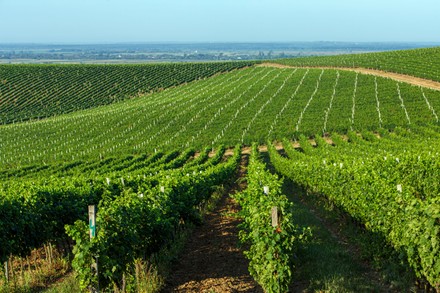
Zakarpattia is located on the border with Hungary and Slovakia. Zakarpattia has always been considered the land of white wines, but in recent years, red varieties have also been ripening here. The climatic conditions of the region are favorable for vine growing, since the territory is closed from northern cold winds by the Carpathian mountains, that creates a special microclimate. There is a lot of sunshine here, and vineyards grow on the local slopes.
The main white grape varieties are Traminer, Muscat Ottonel, Furmint, Riesling, Chardonnay. Major red varieties are Cabernet Sauvignon, Merlot, Pinot Noir, Zweigelt. Both dry and sweet wines can be found here. Transcarpathia is also known for its traditional drinks – palynka and fruit and berry liqueurs.
Zakarpattian vineyards and wineries attract tourists from all over the world. Wine cellars, geothermal spas, ancient castles, farms and cheese factories can be visited in this region. Synevyr – the largest mountain lake of Ukraine is also located here.
Most popular varieties: Traminer, Muscat Ottonel, Riesling, Chardonnay, Furmint, Irsai Olivér, Harslevelu, Chersegi, Cabernet Sauvignon, Merlot, Saperavi, Pinot Noir, Zweigelt, Blaufränkisch.
Western and Central regions
The viticultural and winemaking map of western and central Ukraine is constantly changing, encompassing various ethno-geographical subregions such as Halychyna, Bukovyna, and Podillia. Despite their cooler climates, winemaking has a long historical presence in these areas dating back to hundreds of years. However, during Soviet times, many vineyards were removed due to the labor-intensive nature of cultivating hilly vineyards. Presently, there is a resurgence in viticulture and winemaking in these regions. The focus often lies on producing excellent high-acid and aromatic whites, along with vibrant rosés.
Additionally, many winemakers are experimenting with amber, sparkling wines and PIWI grapes.
The most developing wine regions in the west are Lviv, Ternopil and Khmelnitskiy, in the center are Vinnytsia, Dnipro and Kharkiv.
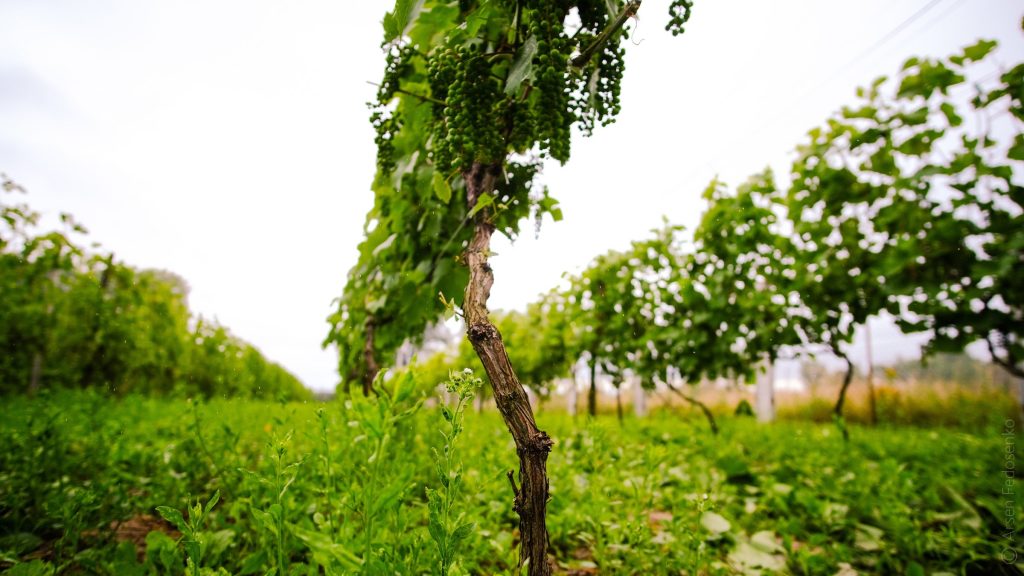
Most popular varieties: Traminer, Muscat Ottonel, Riesling, Chardonnay, Pinot Noir, Merlot, Cabernet Cortis, Citron of Magarach, Solaris, Johanniter, Muscaris, Souvigner Gris
Azov Sea and Eastern Regions
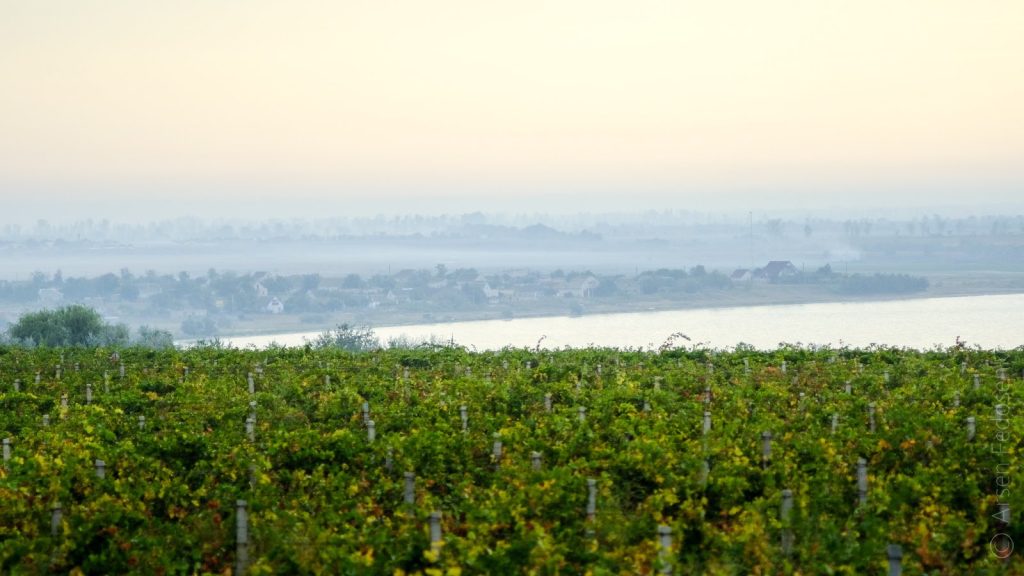
A developing winemaking zone with highly favorable climate conditions for viticulture, especially near the Azov Sea coast This is a historical region, it was here that the Zaporizhian Sich, the main center of the Ukrainian Cossacks, was located.
While eastern regions are not traditionally associated with winemaking, some new wineries are experimenting in this area. Today this zone is partially occupied by Russia.
Most popular varieties: Cabernet Sauvignon, Saperavi, Merlot, Aligote, Chardonnay, Sauvignon Blanc, Muscat, Ratsiteli, Riesling, Odesa Black, Citron of Magarach
Crimea
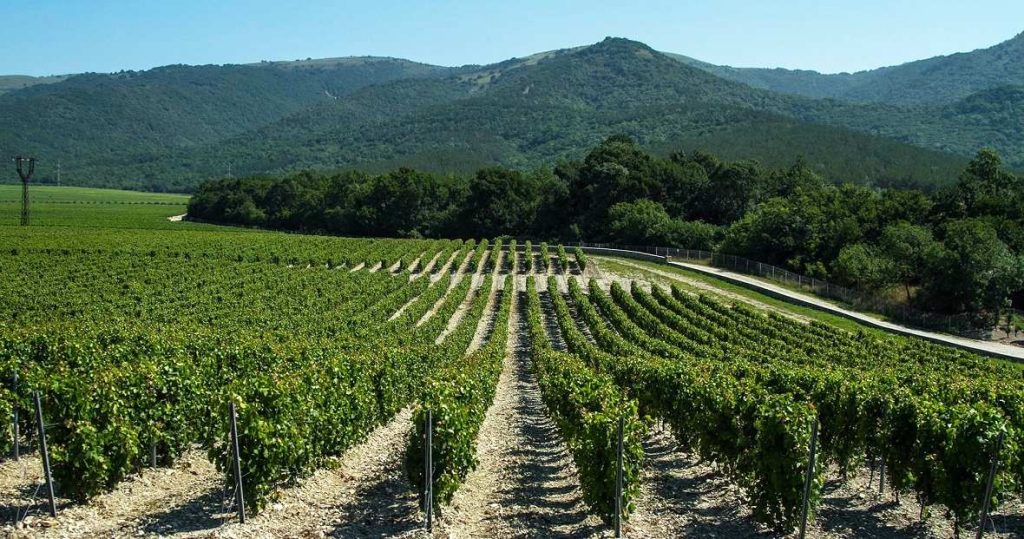
The Crimean peninsula has been temporarily occupied by the russian federation since 2014.
Crimea is a unique wine-growing region with a centuries-old history of viticulture and winemaking, dating back more than 2,800 years. Crimea is washed by the Black and Azov seas. The climatic conditions here are very diverse – from a temperate continental warm climate with very hot dry summers and warm winters, to a subtropical hot climate. Soils – marl, brown, limestone, chernozem and others.
It is in this region that the largest number of historical Ukrainian wineries are located – Masandra, Novy Svet, Solnechnaya Dolina and others..
The largest collection of Ukrainian autochthonous grape varieties – Kokur, Kefesiya, Ekim Kara and others.
